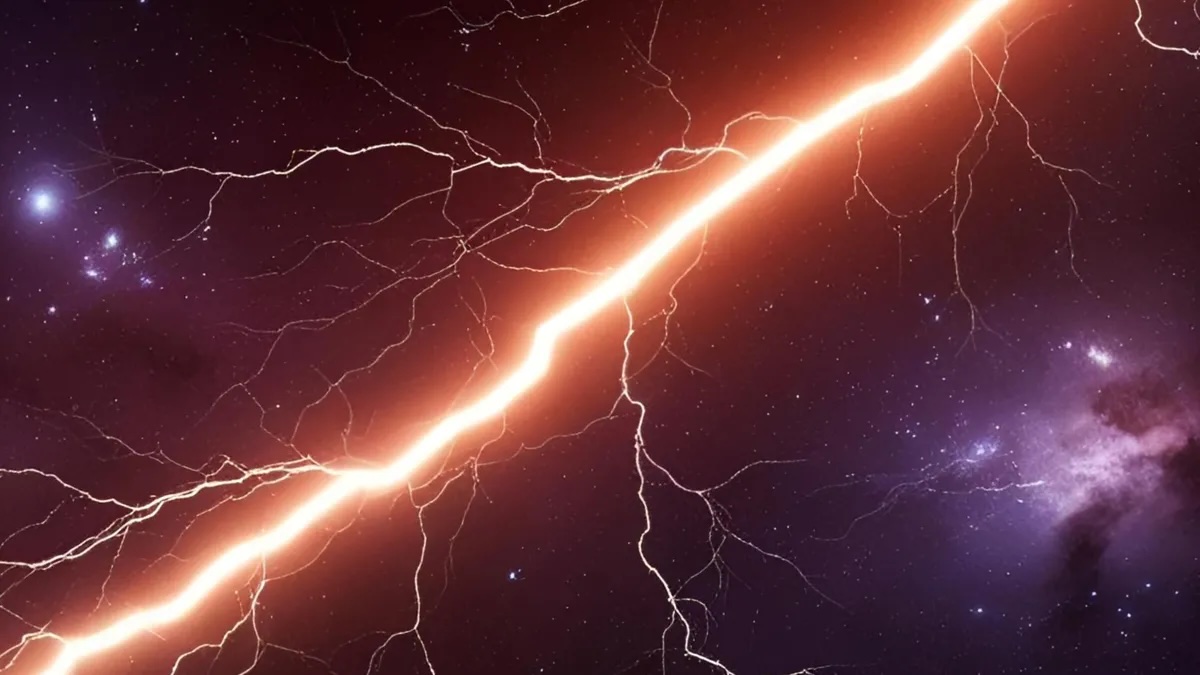SpaceX's Falcon Heavy Rocket: By the Numbers
On Tuesday, the world may witness a rocket launch more powerful than any that's been seen in nearly half a century.
Space Exploration Technologies, a private spaceflight company better known as SpaceX, is sending its new Falcon Heavy rocket on its first test launch. The enormous vessel will ignite its formidable Merlin engines on Tuesday (Feb. 6) at 1:30 p.m. EST (1830 GMT) at NASA's Kennedy Space Center in Cape Canaveral, Florida. You can watch the launch live here on Space.com, courtesy of SpaceX, beginning at 1:10 p.m. EST (1810 GMT). The launch window stretches from 1:30 to 4 p.m. EDT (1830 to 2100 GMT).
Falcon Heavy's first test flight will include a payload — an electric car that SpaceX will attempt to launch past Mars' orbit. The Falcon Heavy, with its Tesla Roadster on board, will begin this maiden voyage at Launch Pad 39A, the historic site where NASA's Apollo moon missions and space shuttles lifted off. [In Photos: SpaceX's 1st Falcon Heavy Rocket Readies for Launch]

If SpaceX completes this feat, the company would be taking a major step toward its ambitious goal of bringing a human colony to the surface of Mars, and Tuesday's flight will carry a reminder. To not be "boring," Musk said he will launch a bright-red Tesla Roadster aboard the Falcon Heavy as the rocket's test payload. The electric car was manufactured by Musk's other company, Tesla, and is painted in a color that intentionally alludes to the Red Planet. The Falcon Heavy will send the vehicle around the sun in an elliptical orbit that will extend farther than Mars' orbit.
Perhaps an even more ambitious feat will be SpaceX's attempt to safely land the Falcon Heavy's boosters. SpaceX has repeatedly landed its Falcon 9 rockets — Falcon Heavy's predecessor — and reflown them to carry cargo to the International Space Station and to launch satellites into orbit.

To gain a fuller understanding of Falcon Heavy's ambitious launch and to grasp the caliber of this megarocket, it is worthwhile to look at the numbers:
5 million: The lbs. of thrust that Falcon Heavy will generate at liftoff. If it succeeds, Falcon Heavy will be the most powerful rocket to launch since NASA's Saturn V — the iconic vessel that, with 7.5 million lbs. of thrust, accomplished the definitive Apollo-era feat of putting astronauts on the moon. According to Musk, Falcon Heavy is "twice as powerful as any other booster operating today," a comment that alludes to the modern-day space race between SpaceX and American flight company Boeing to win the opportunity of flying astronauts to the International Space Station.
Sign up for the Live Science daily newsletter now
Get the world’s most fascinating discoveries delivered straight to your inbox.
230: The height, in feet, of the Falcon Heavy rocket. This translates to about 70 meters tall.
140,700 - The payload size capability of the Falcon Heavy rocket in lbs. (equivalent to 63,800 kilograms). This is more than twice what its competitor, United Launch Alliance's Delta IV Heavy Booster, can transport.
3: The number of Falcon 9 rockets effectively being merged to become Falcon Heavy. SpaceX's new megarocket comprises two Falcon 9 first-stage boosters attached to a core booster, which itself is an altered version of a standard Falcon 9.
27: The number of Merlin first-stage engines that, firing in unison, will produce Falcon Heavy's powerful thrust. They are divided evenly among the three main boosters, with nine engines on each booster.

3: How many booster-landing attempts will take place following the first-stage separation during Falcon Heavy's maiden flight. SpaceX representatives confirmed that once the three boosters separate, the two side cores will attempt to land at Cape Canaveral Air Force Station while the core booster will attempt to land on the "Of Course I Still Love You" drone ship, stationed in the Atlantic Ocean. The boosters are equipped with fins and landing legs to control re-entry through the atmosphere.
21: The number of times that SpaceX Falcon 9 boosters have landed back on Earth, either at a designated landing zone or on robotic drone ships at sea. Six of those rockets have been reused on subsequent SpaceX launches.
6: The total of counties in central Florida that might hear a sonic boom as the two Cape Canaveral-bound boosters, from each side of Falcon Heavy, attempt controlled landings as they re-enter Earth's atmosphere. SpaceX representatives stated there's a possibility that "residents of Brevard, Indian River, Orange, Osceola, Seminole, and Volusia counties may hear one or more sonic booms during the landing attempts."
1: One mannequin will be sitting in the driver's seat of the Tesla Roadster that Falcon Heavy aims to launch into heliocentric orbit. Musk introduced an image of the dummy, called "Starman," via Instagram on Feb. 2. SpaceX will additionally pay homage to the late musician David Bowie by playing his song "Space Oddity" in the car as it travels through space.
Visit Space.com for complete coverage of SpaceX's Falcon Heavy today.
Follow Doris Elin Salazar on Twitter @salazar_elin. Follow us @Spacedotcom, Facebook and Google+. Original article on Space.com.











